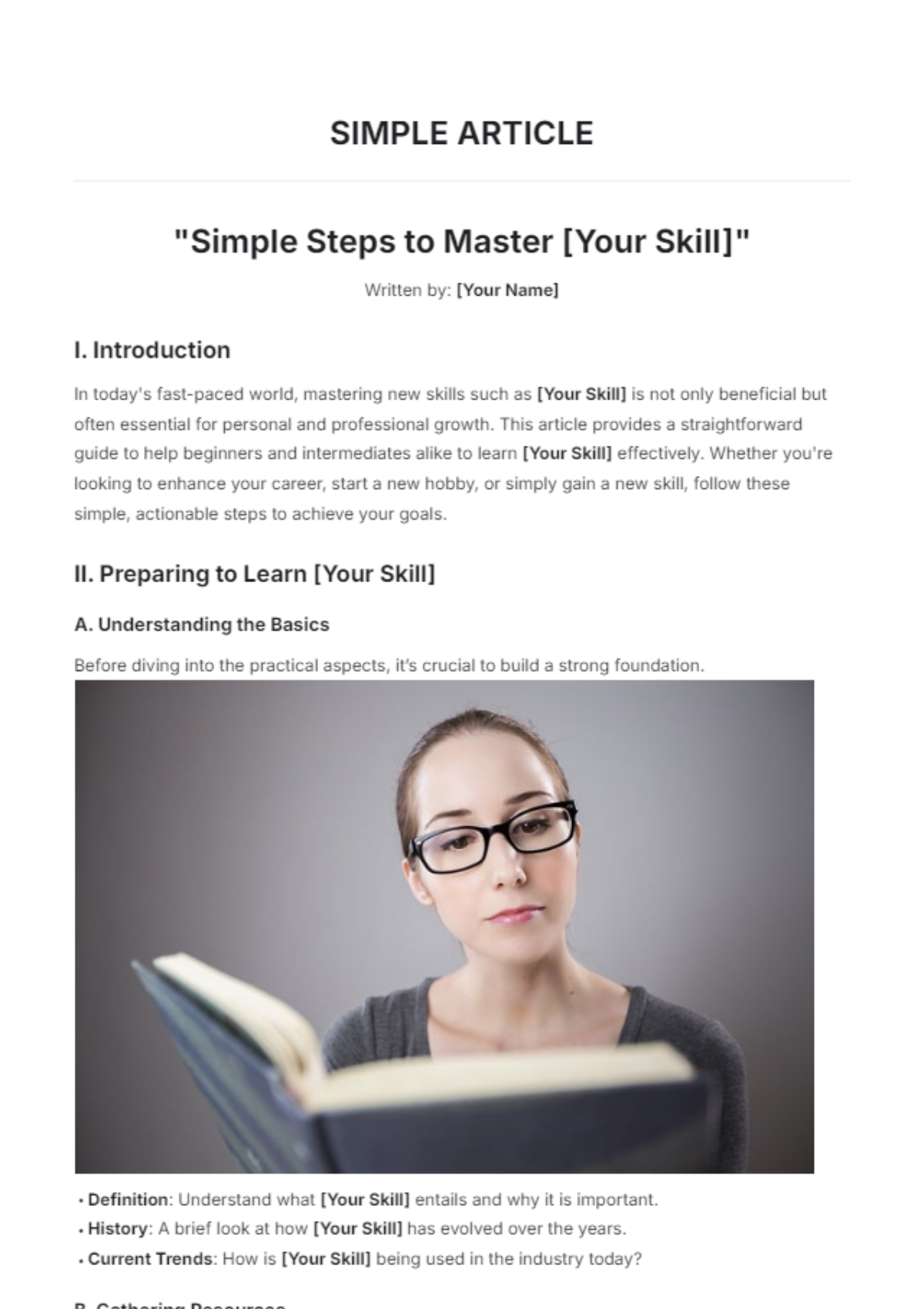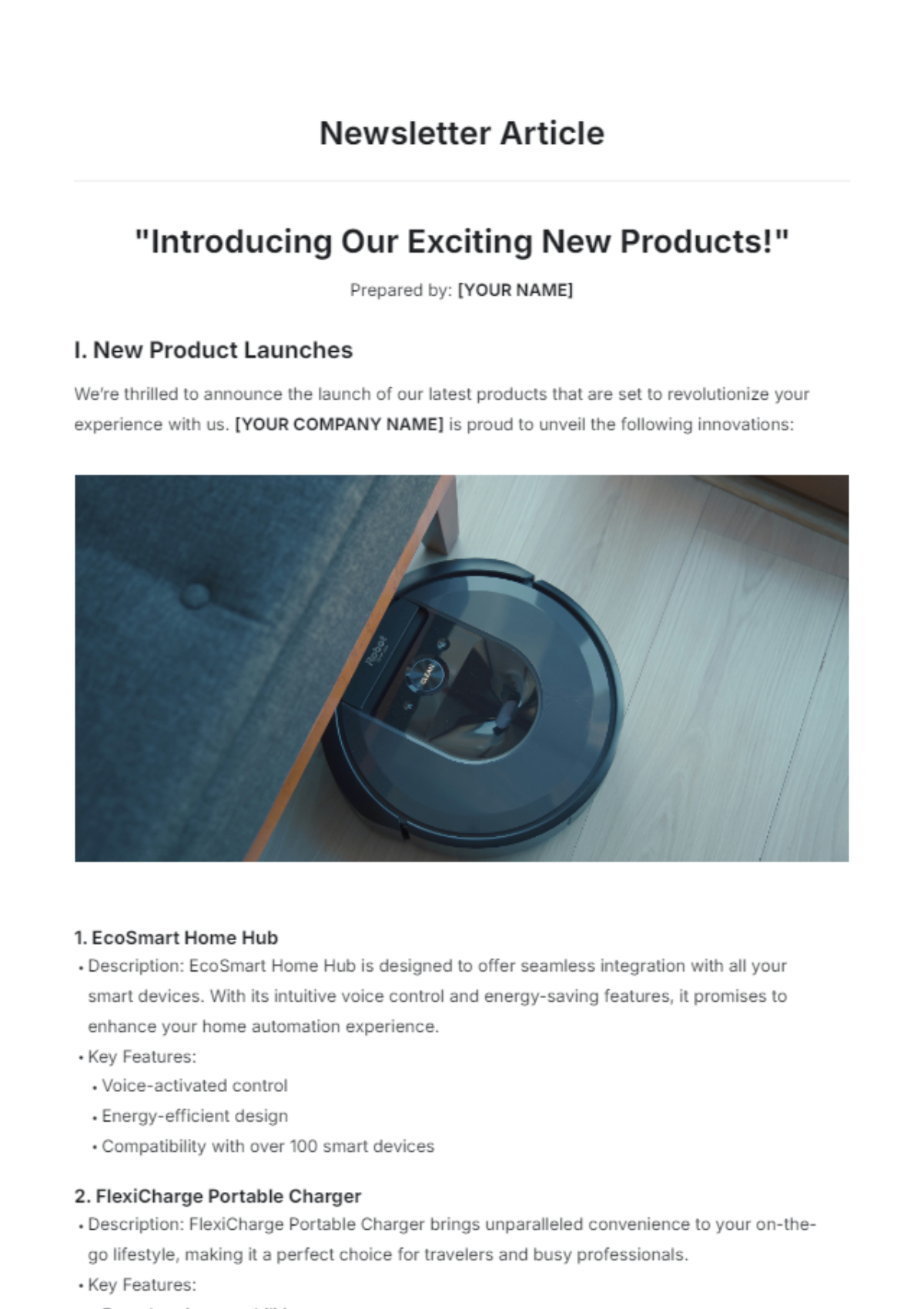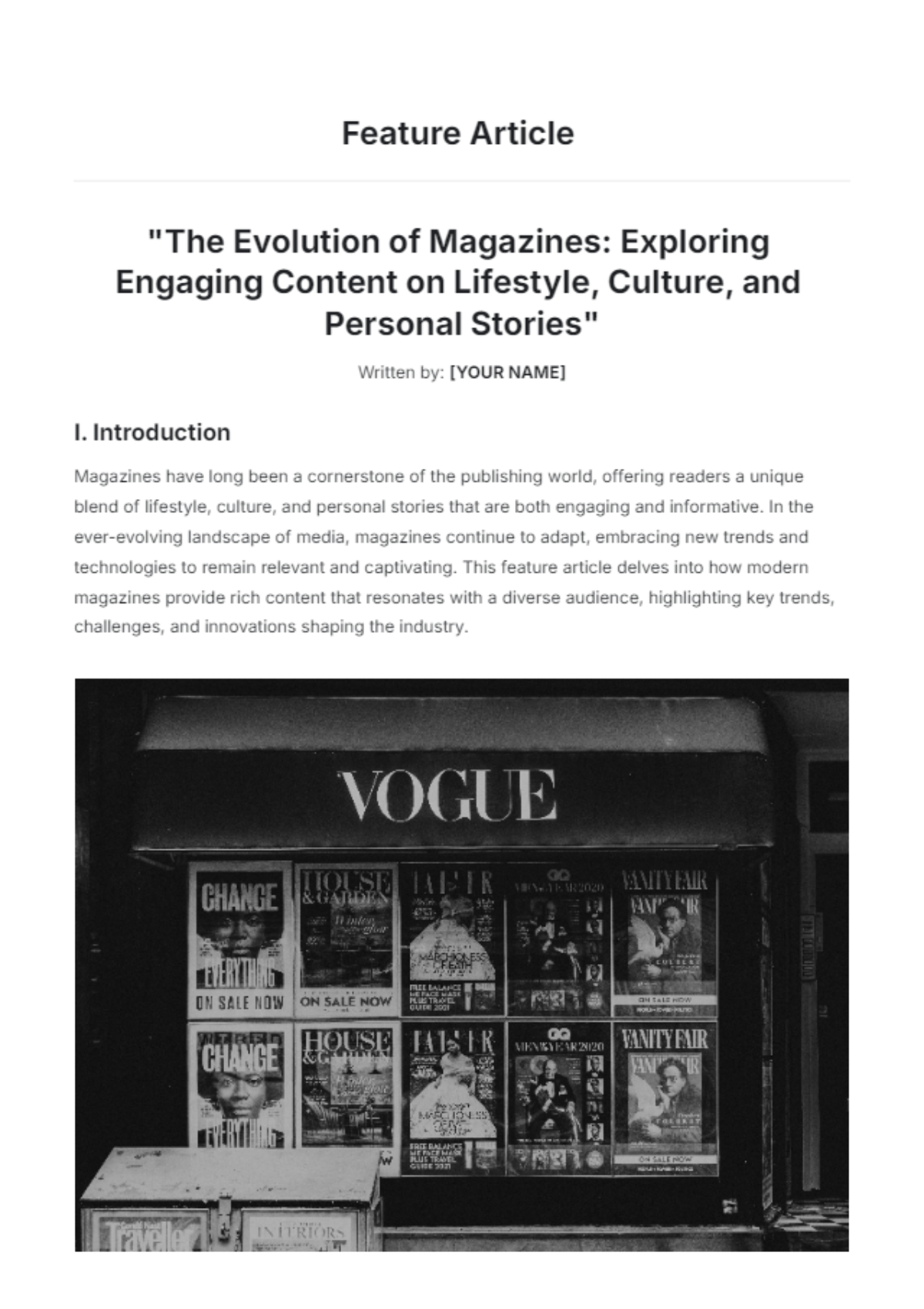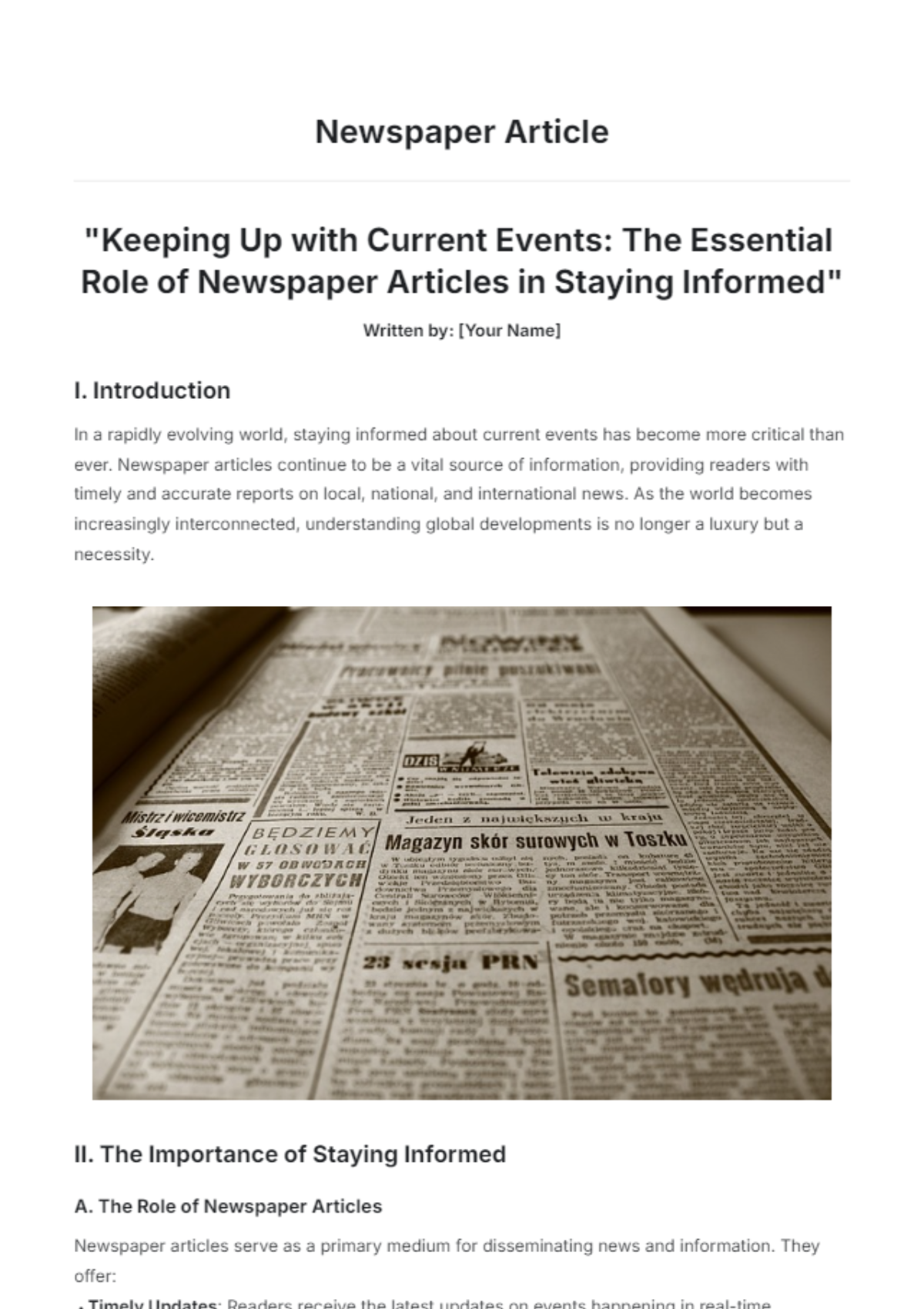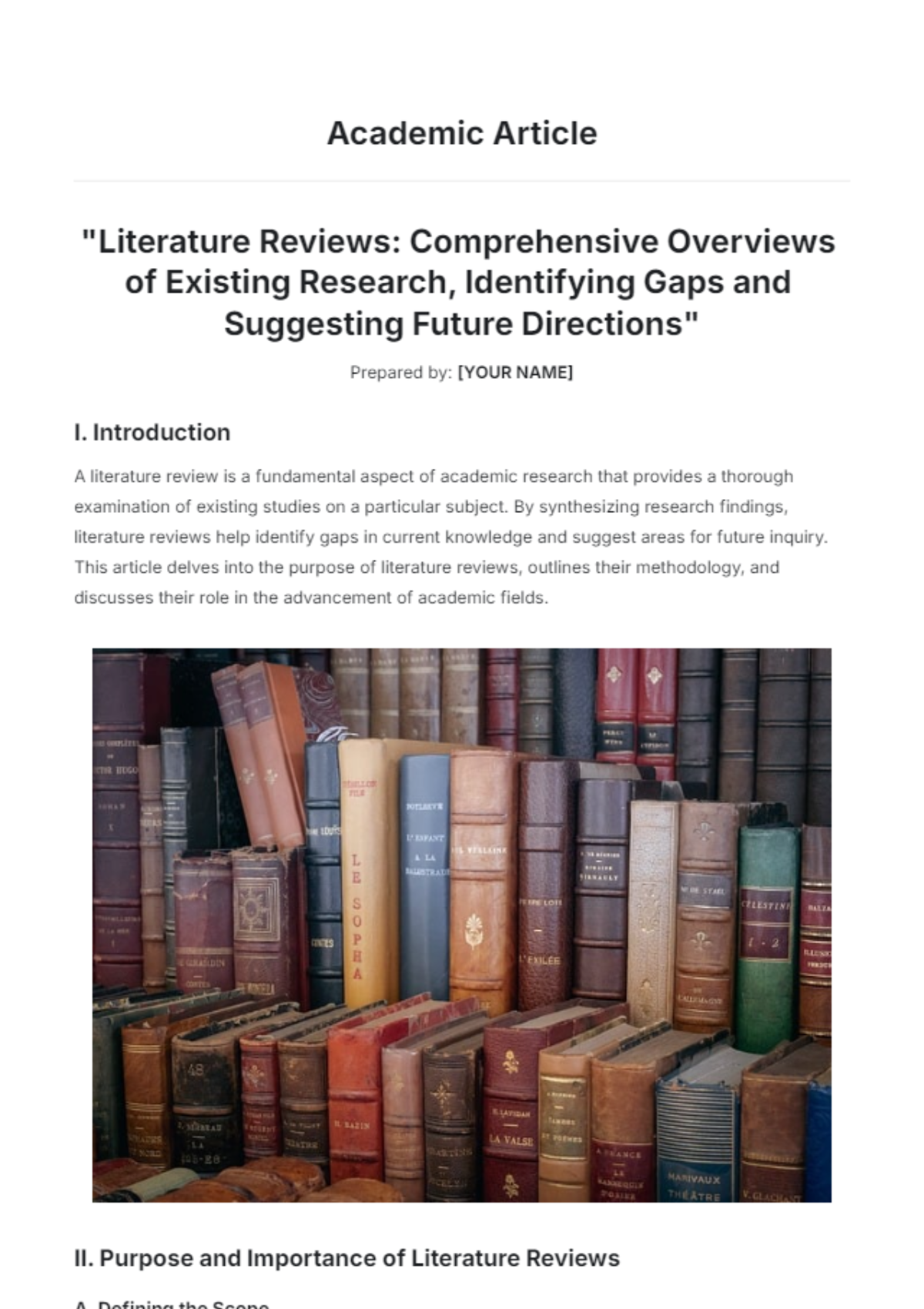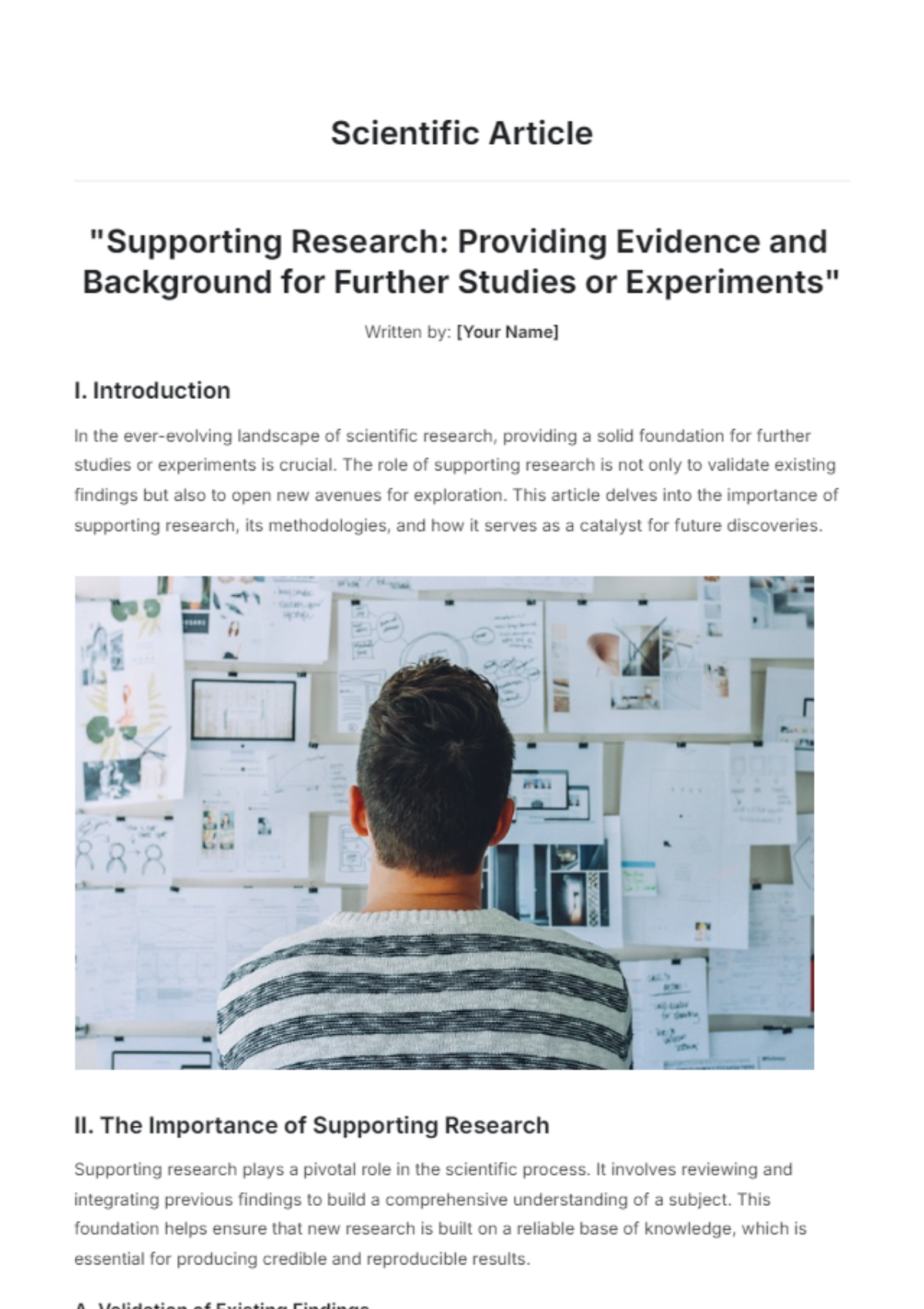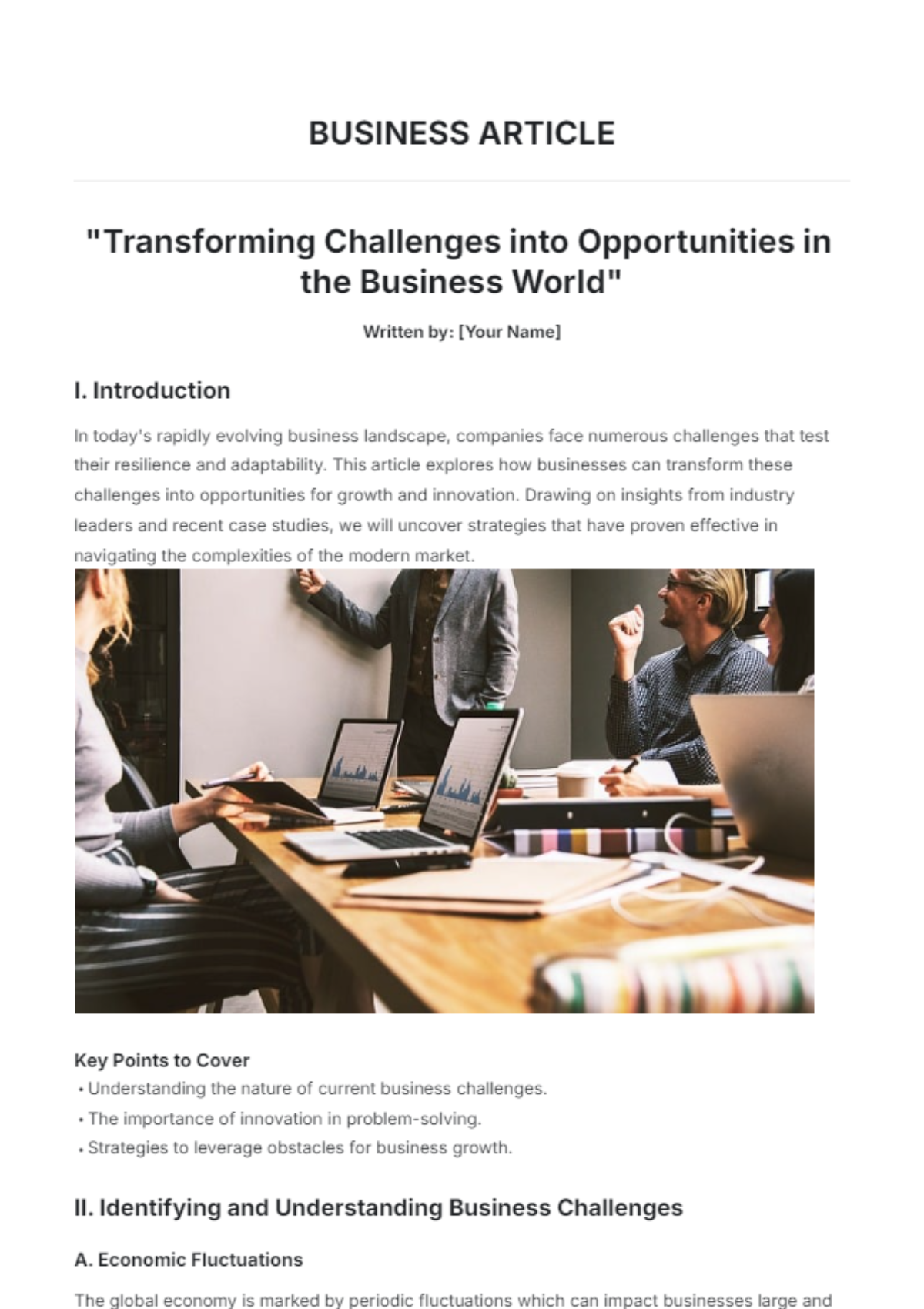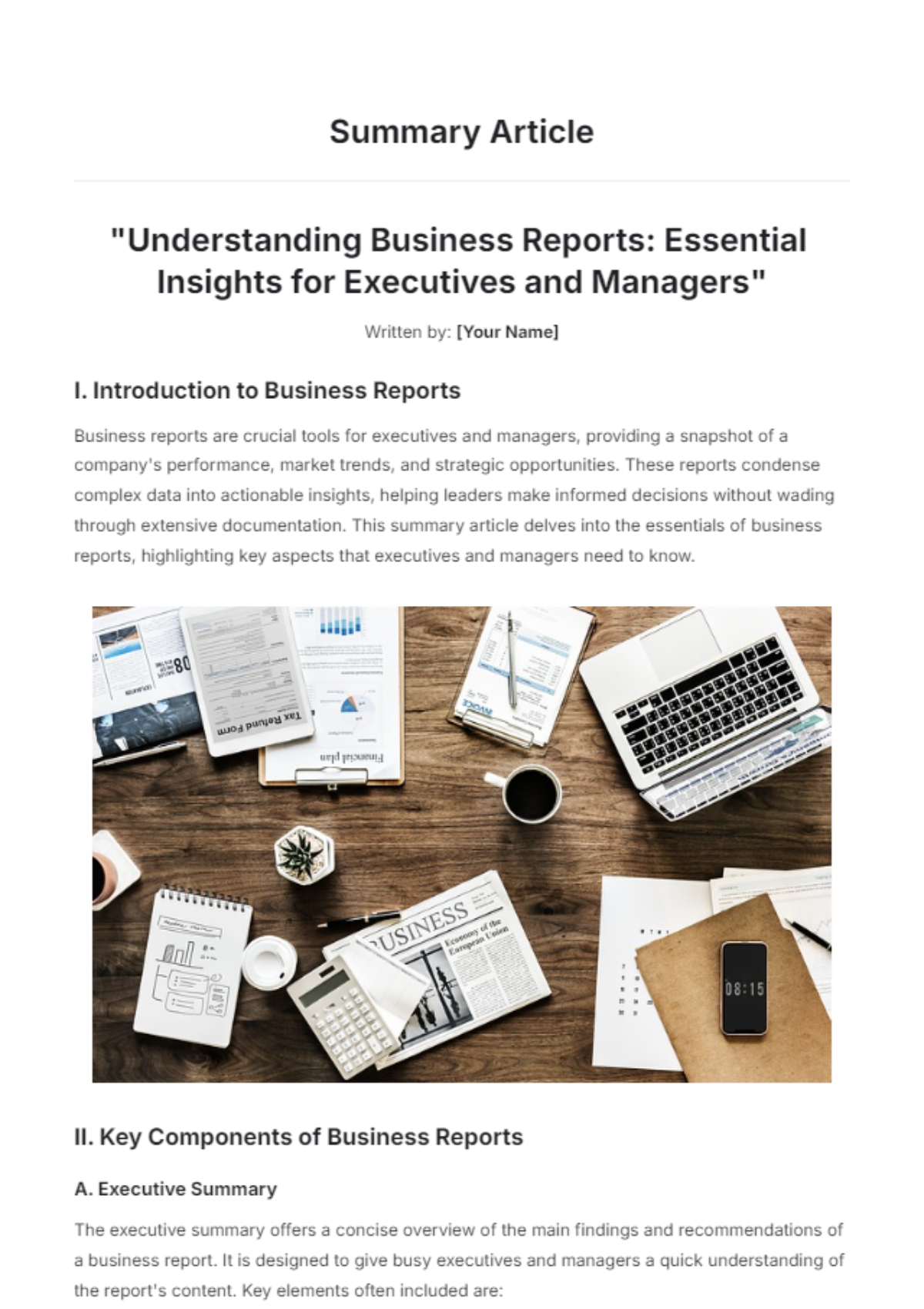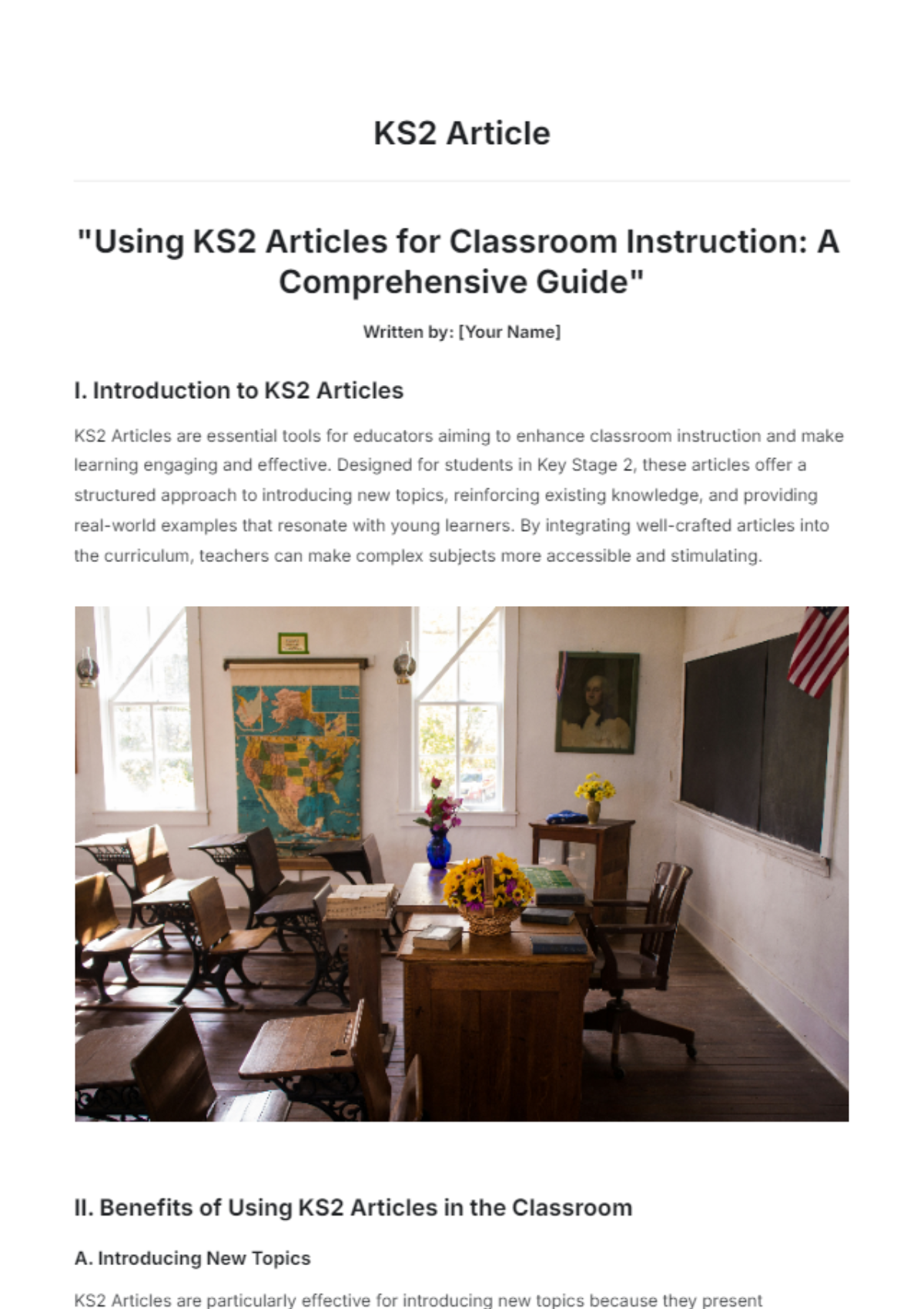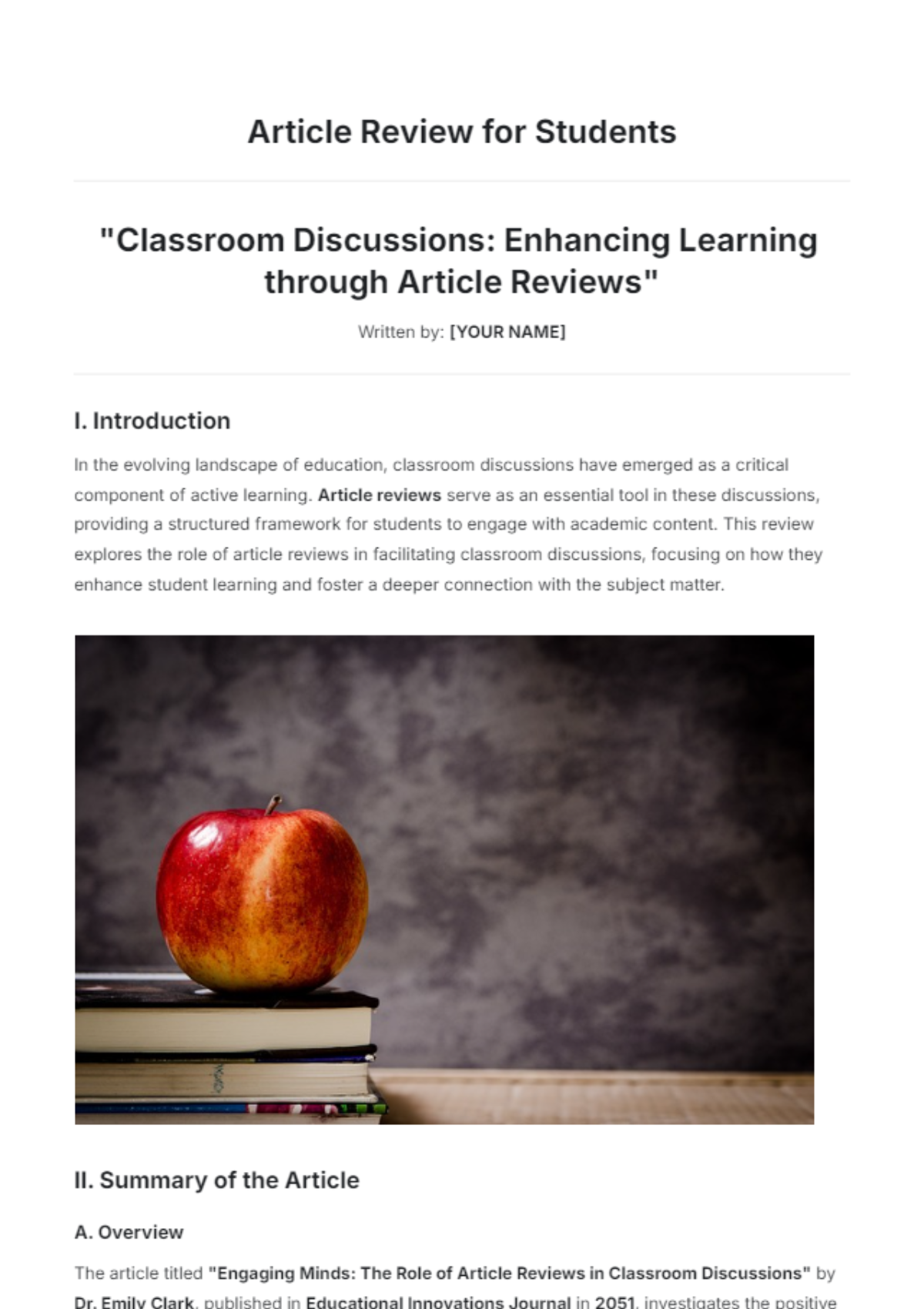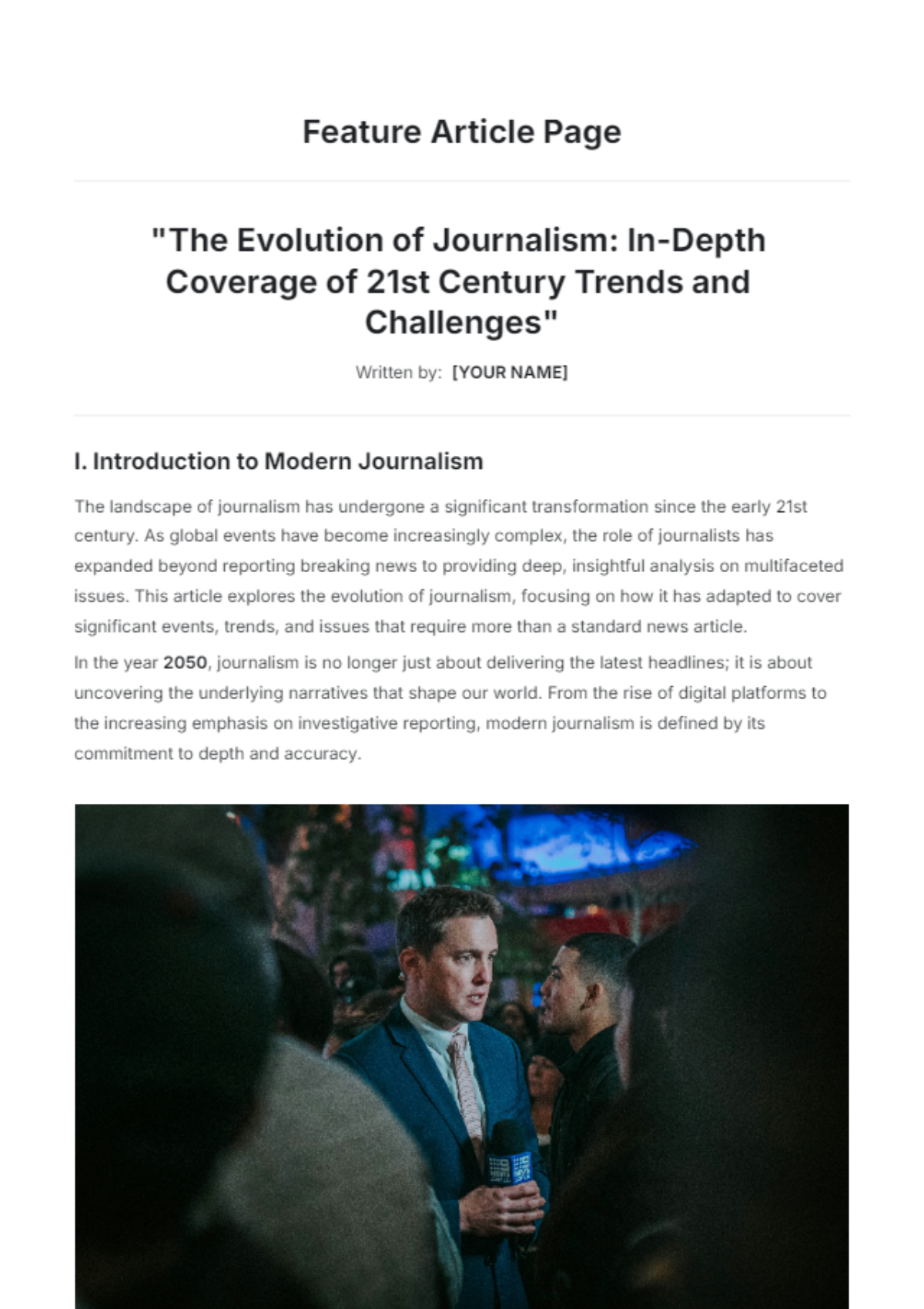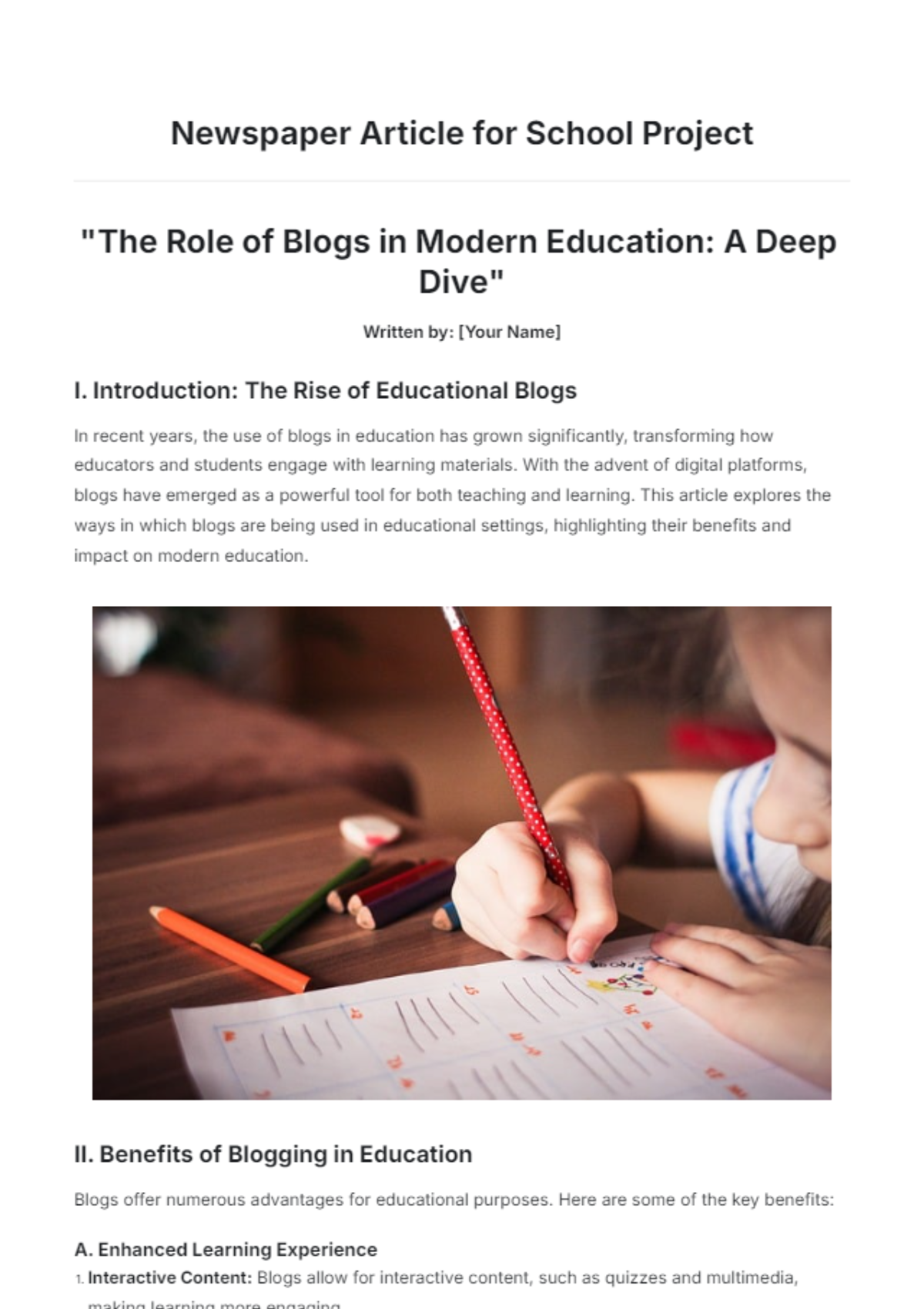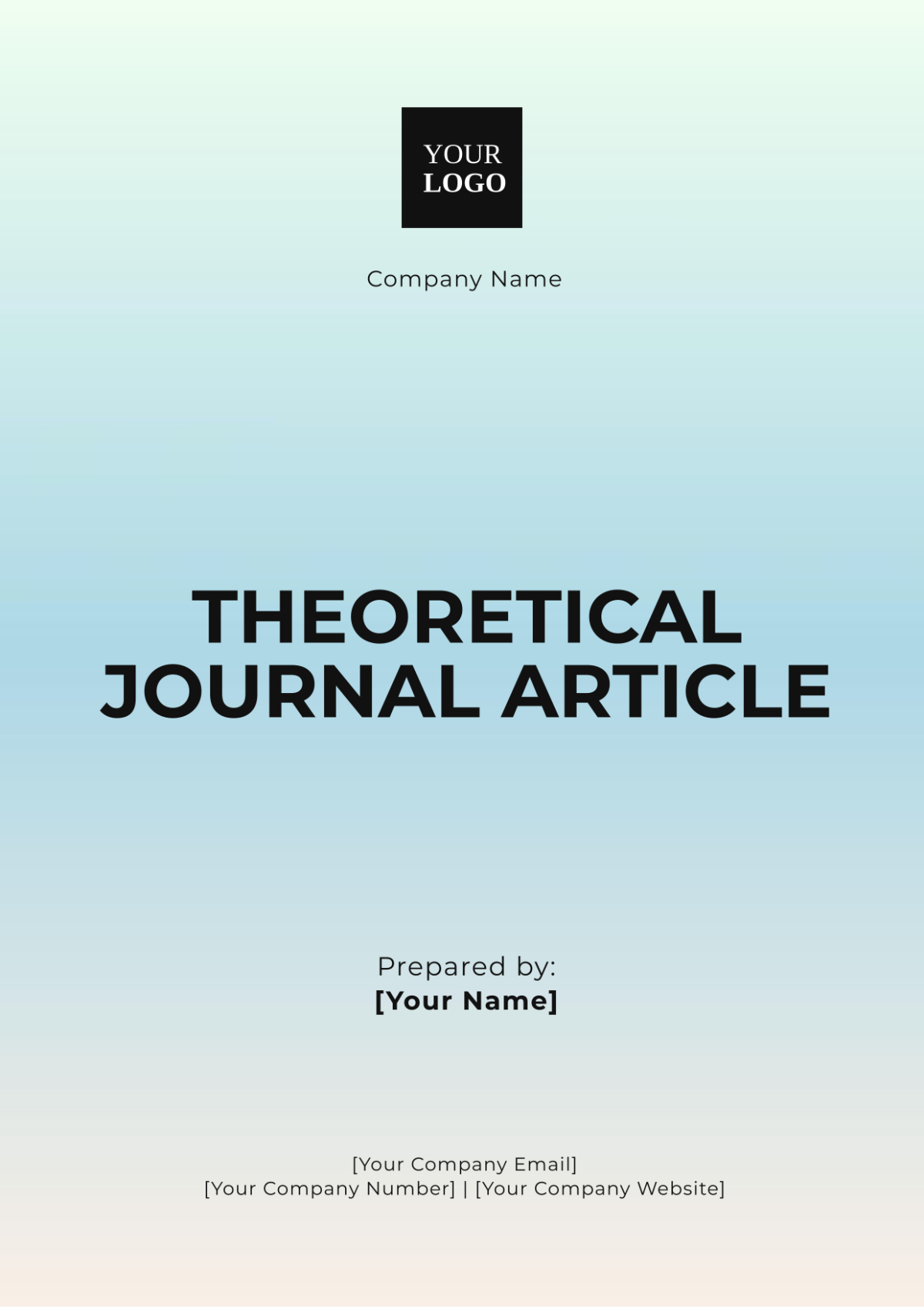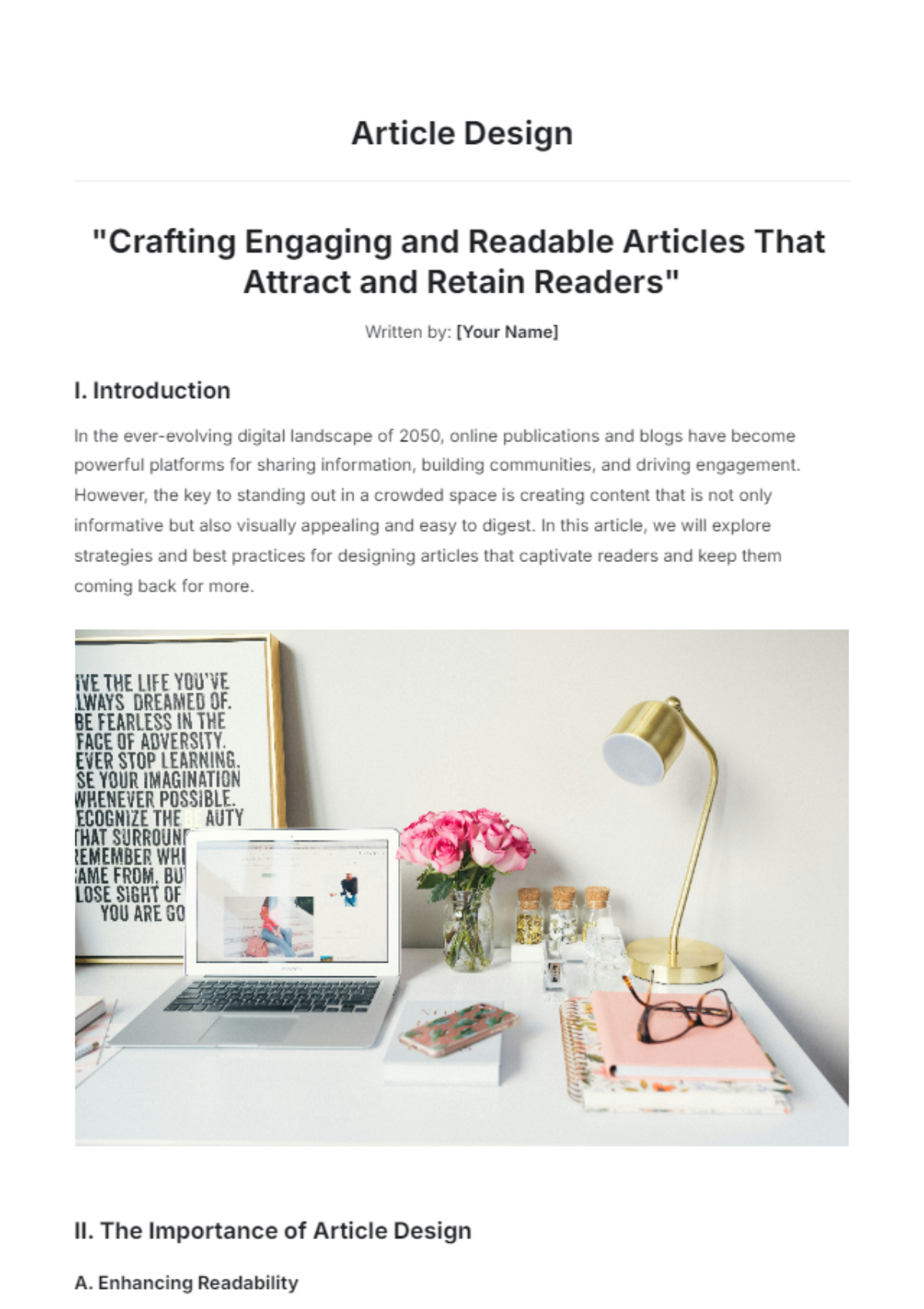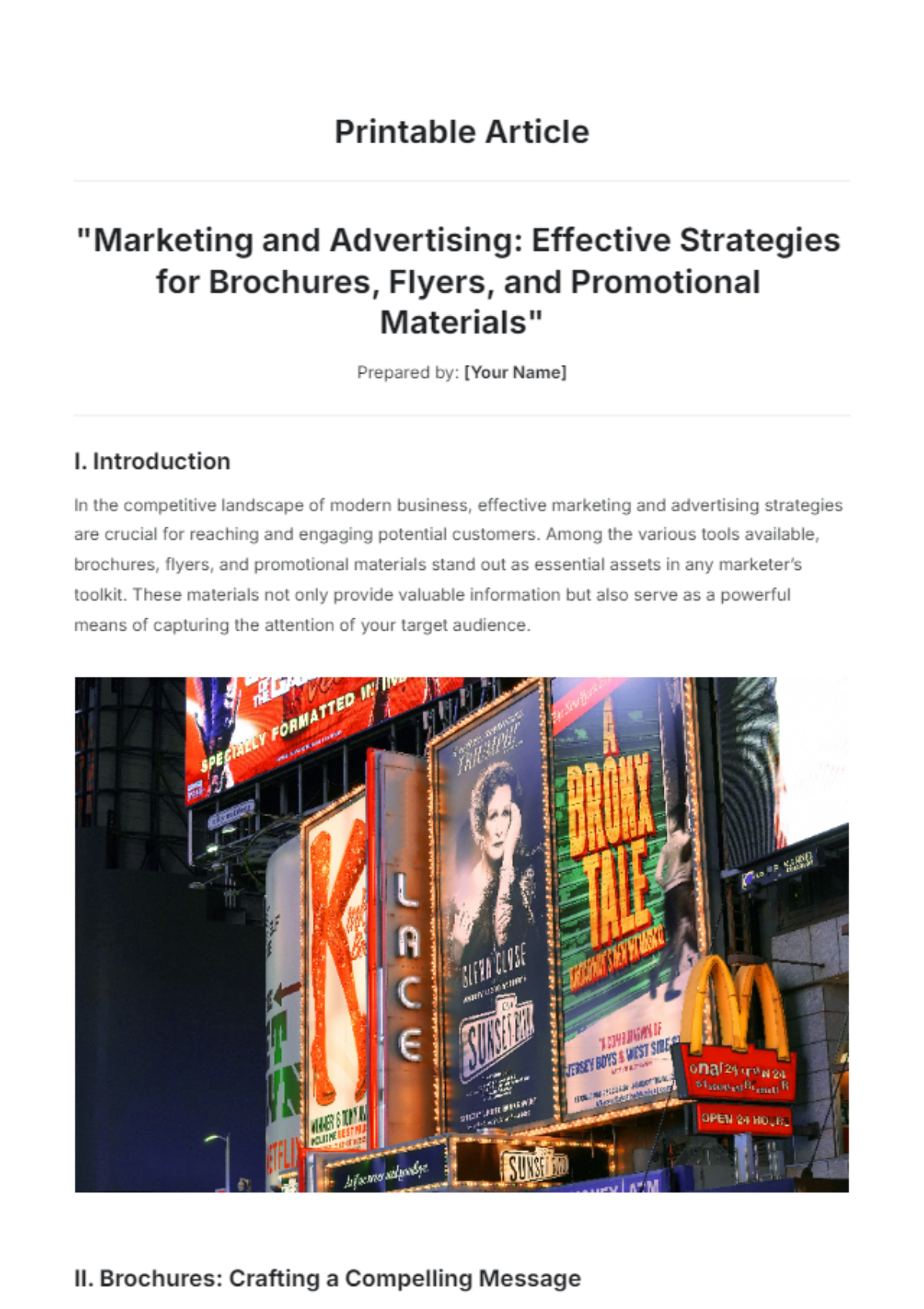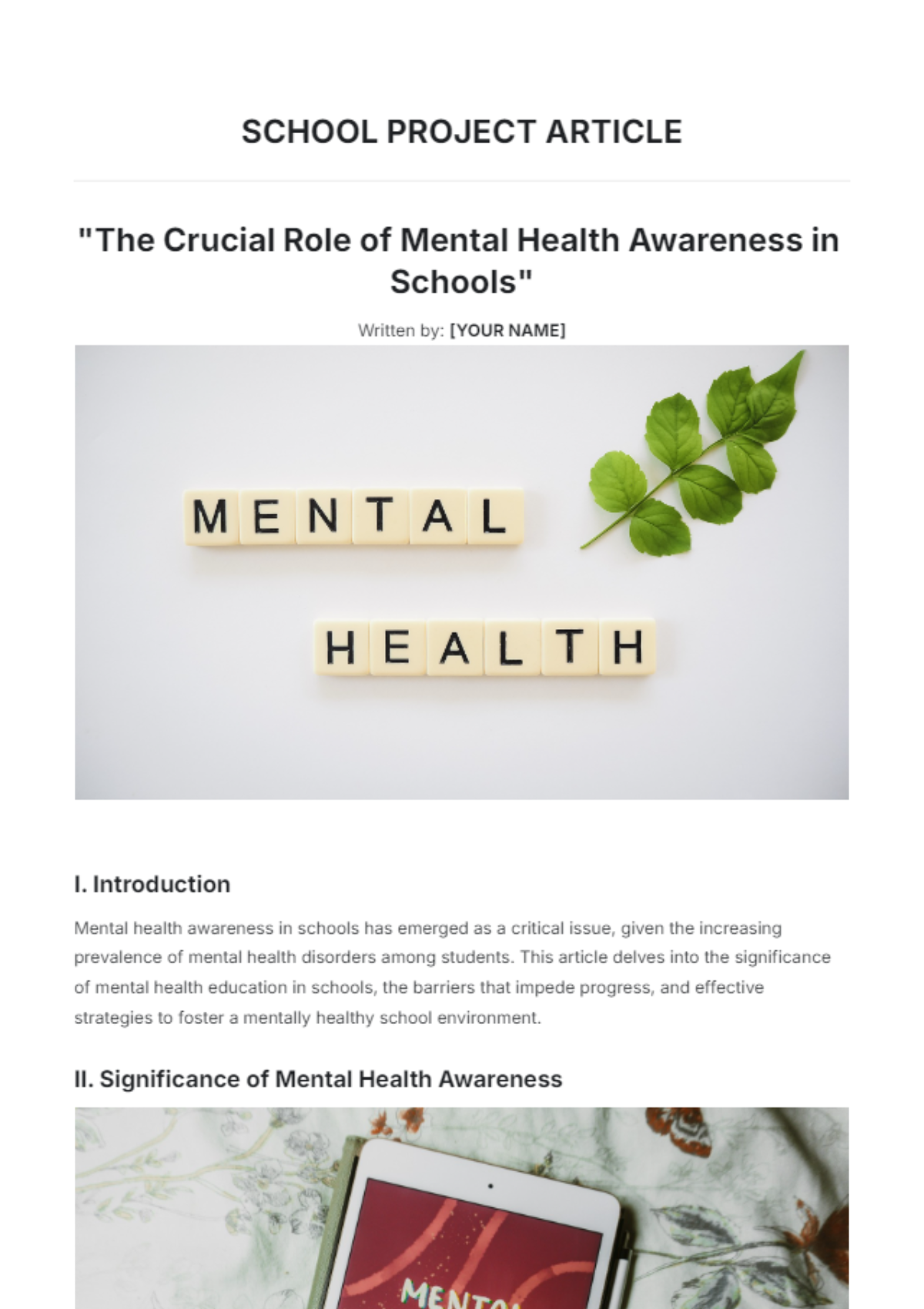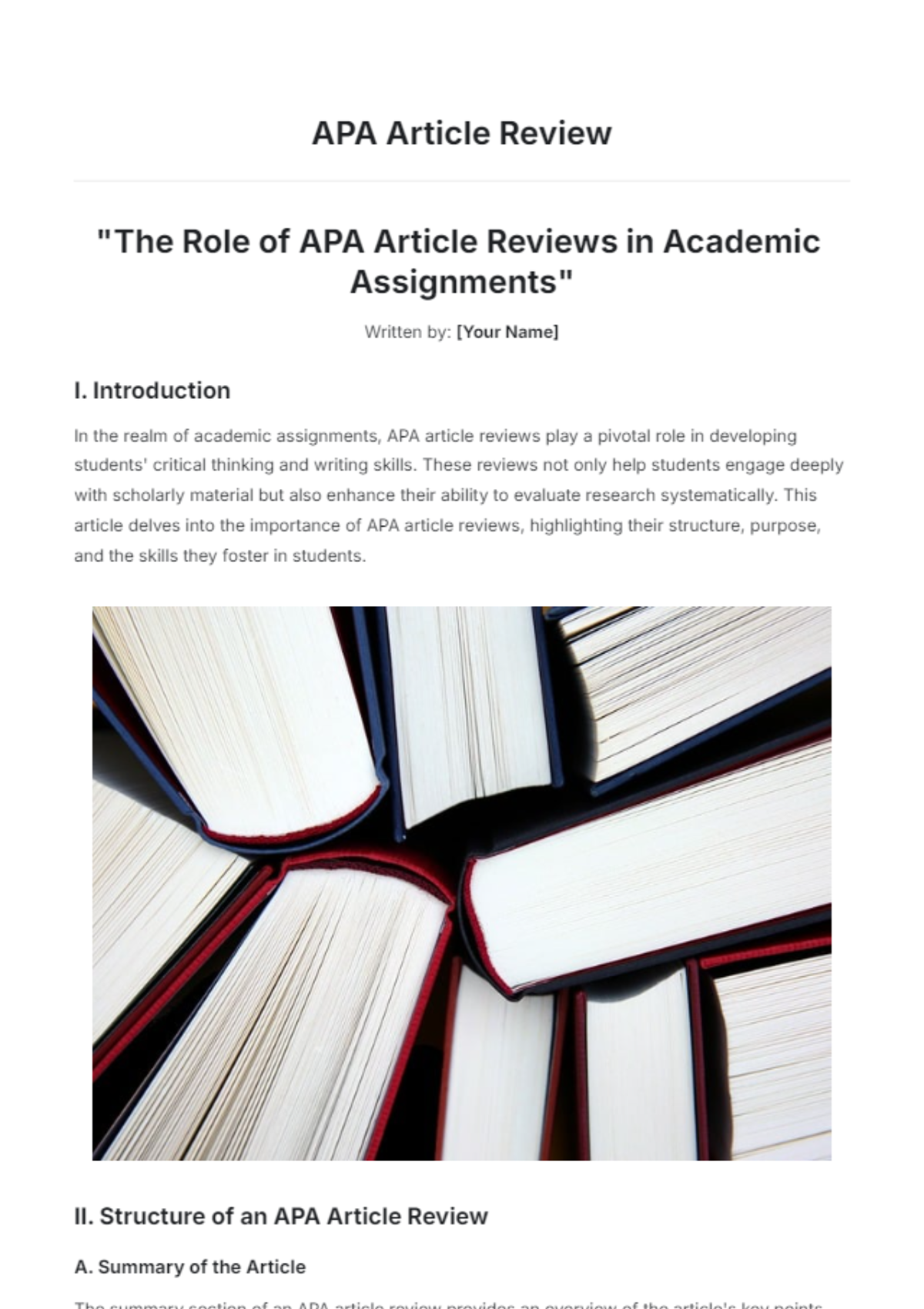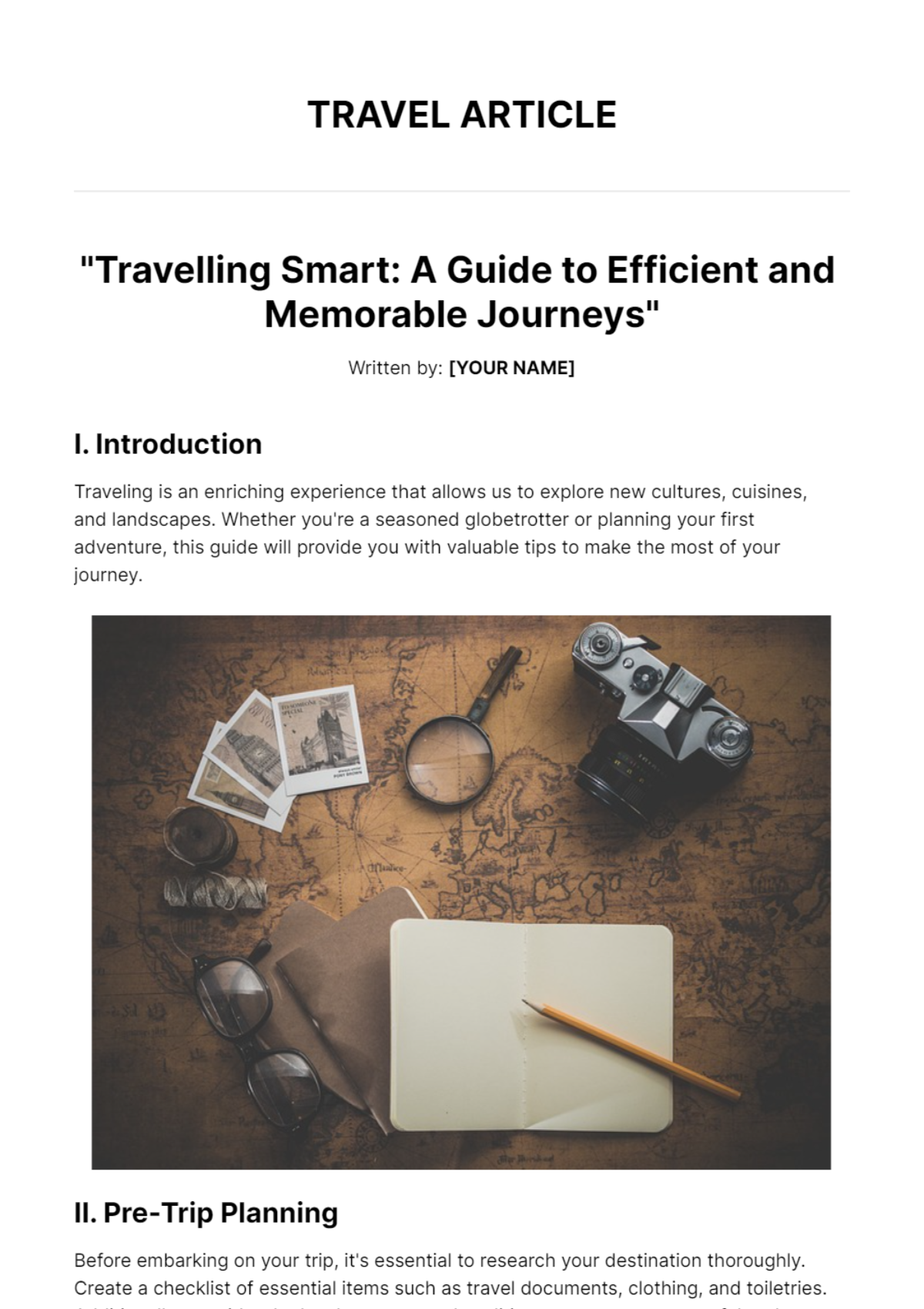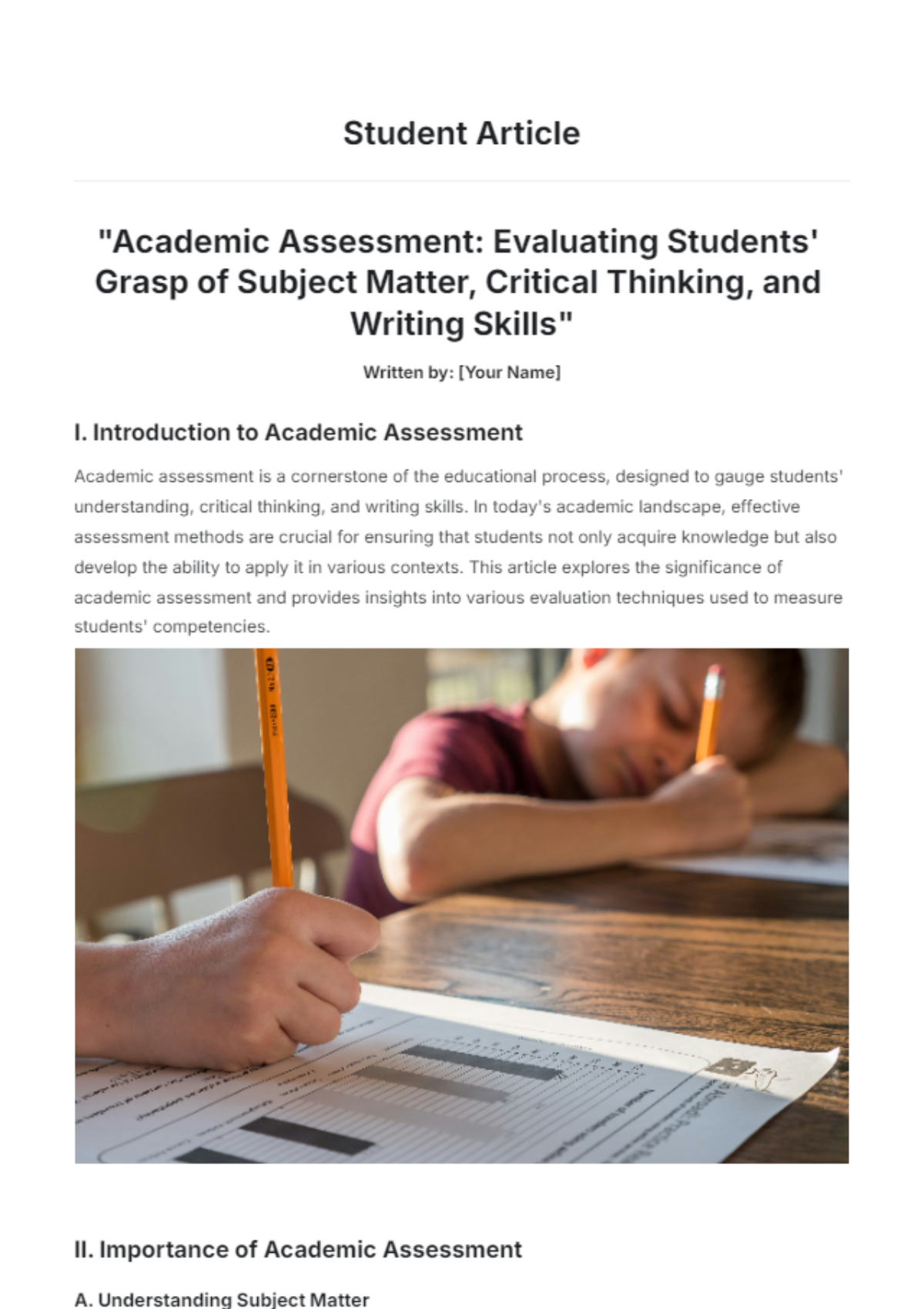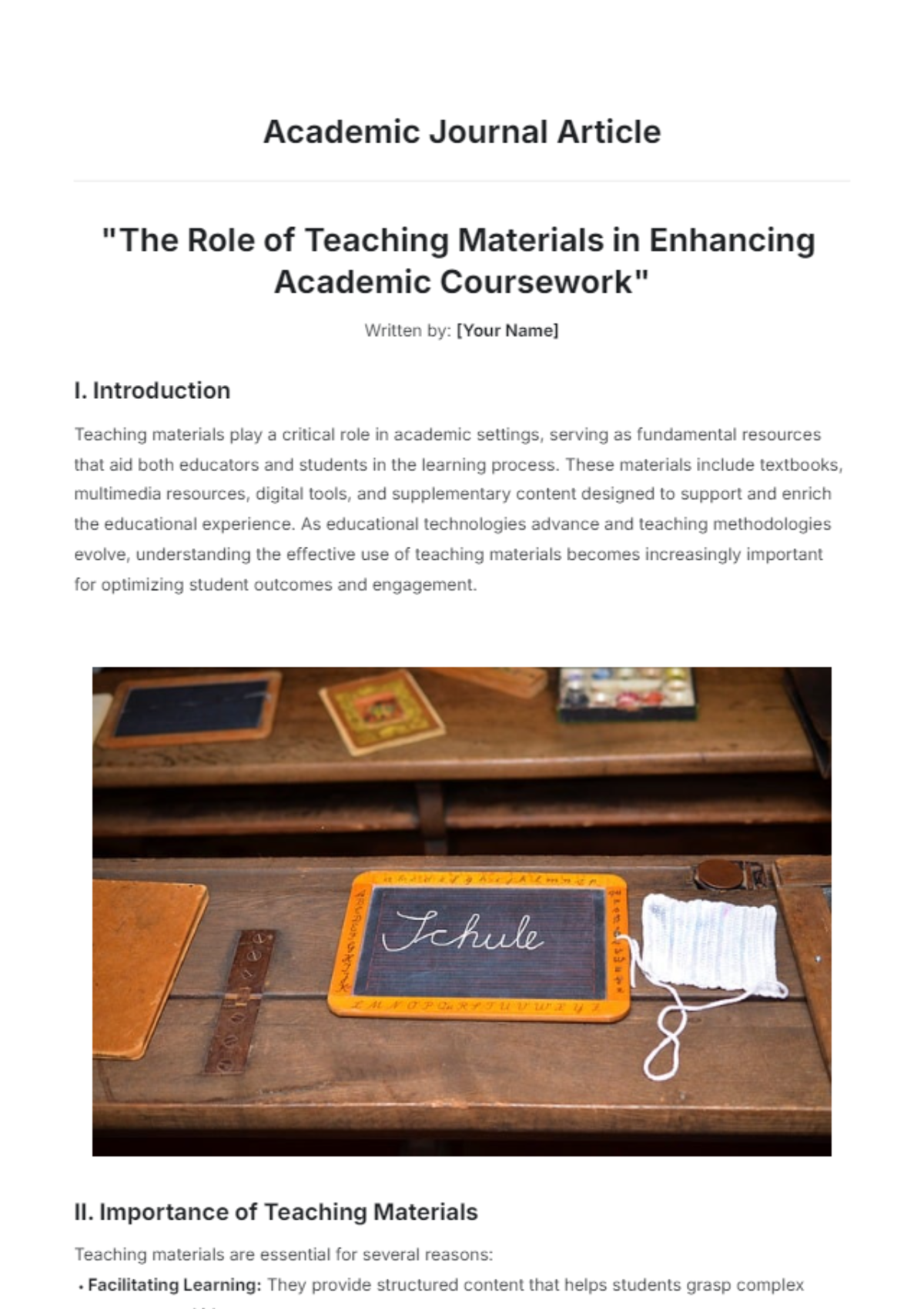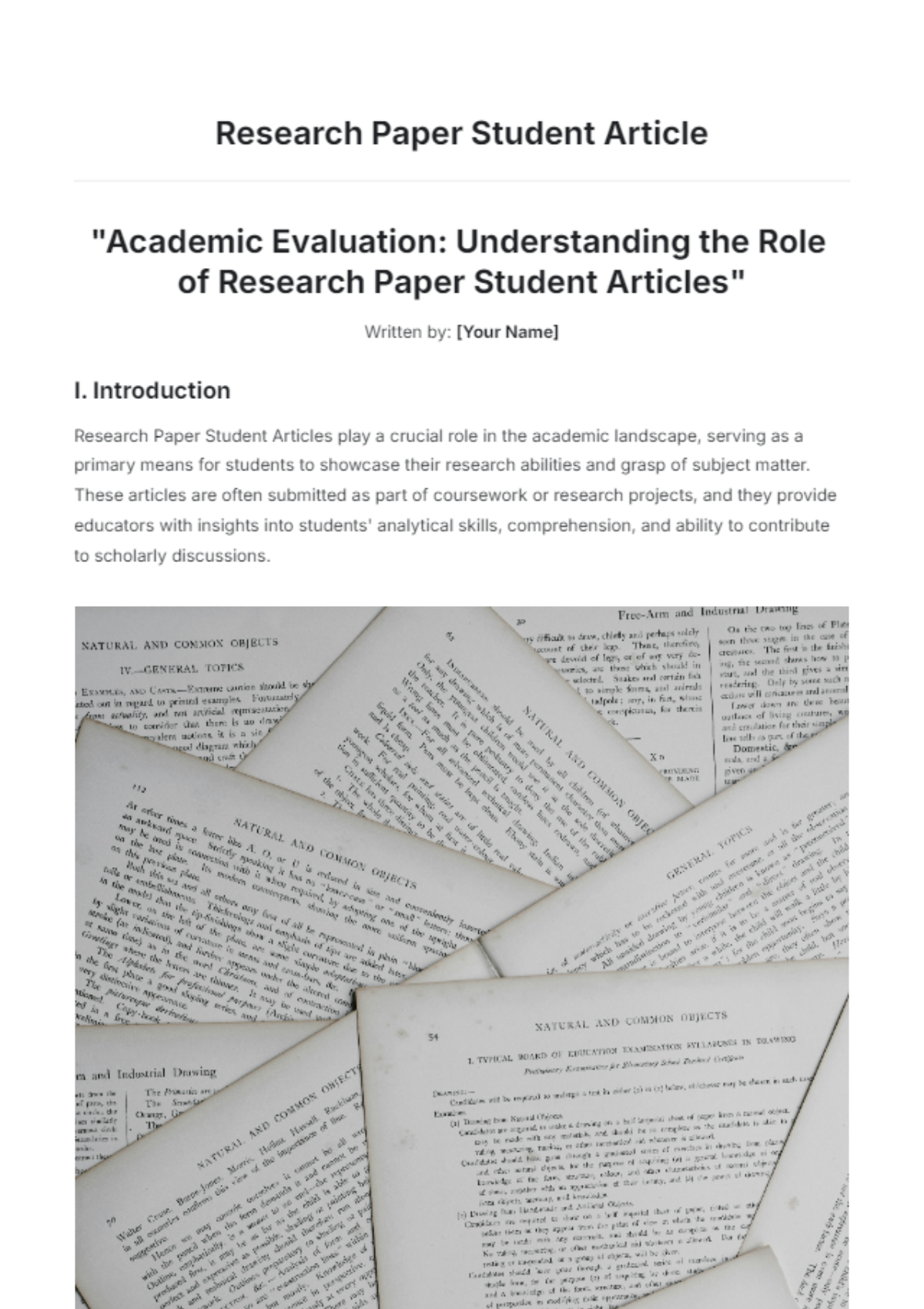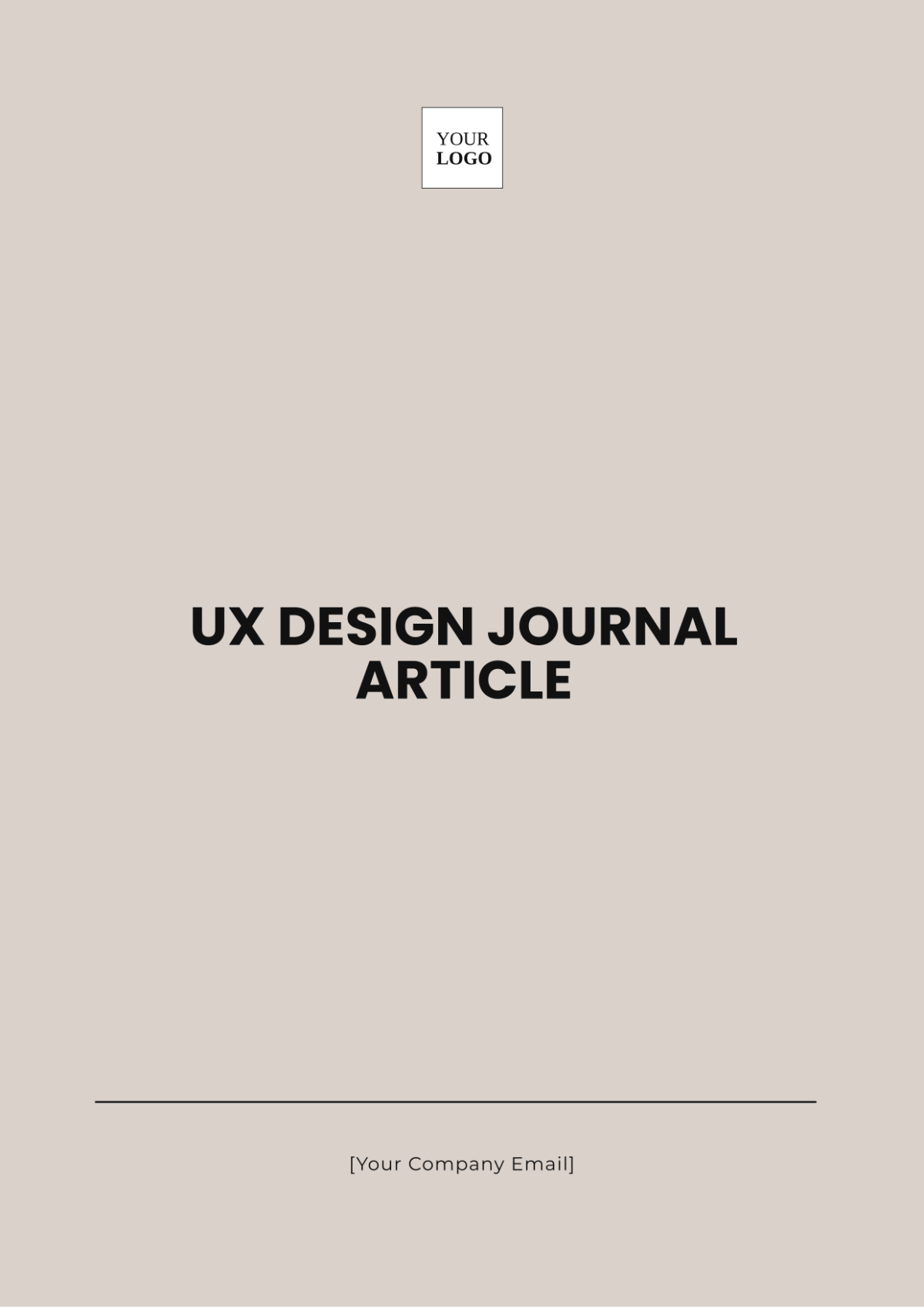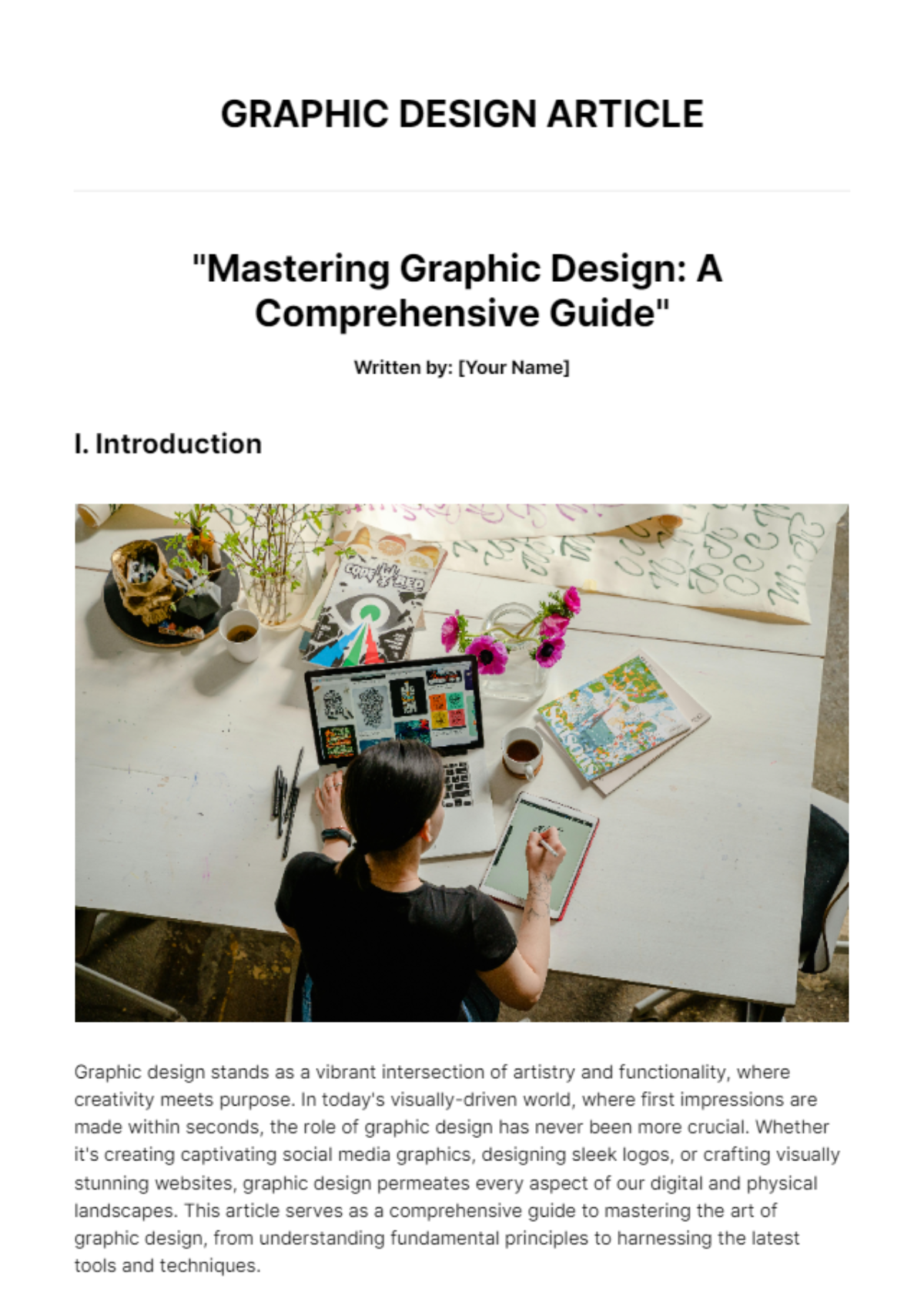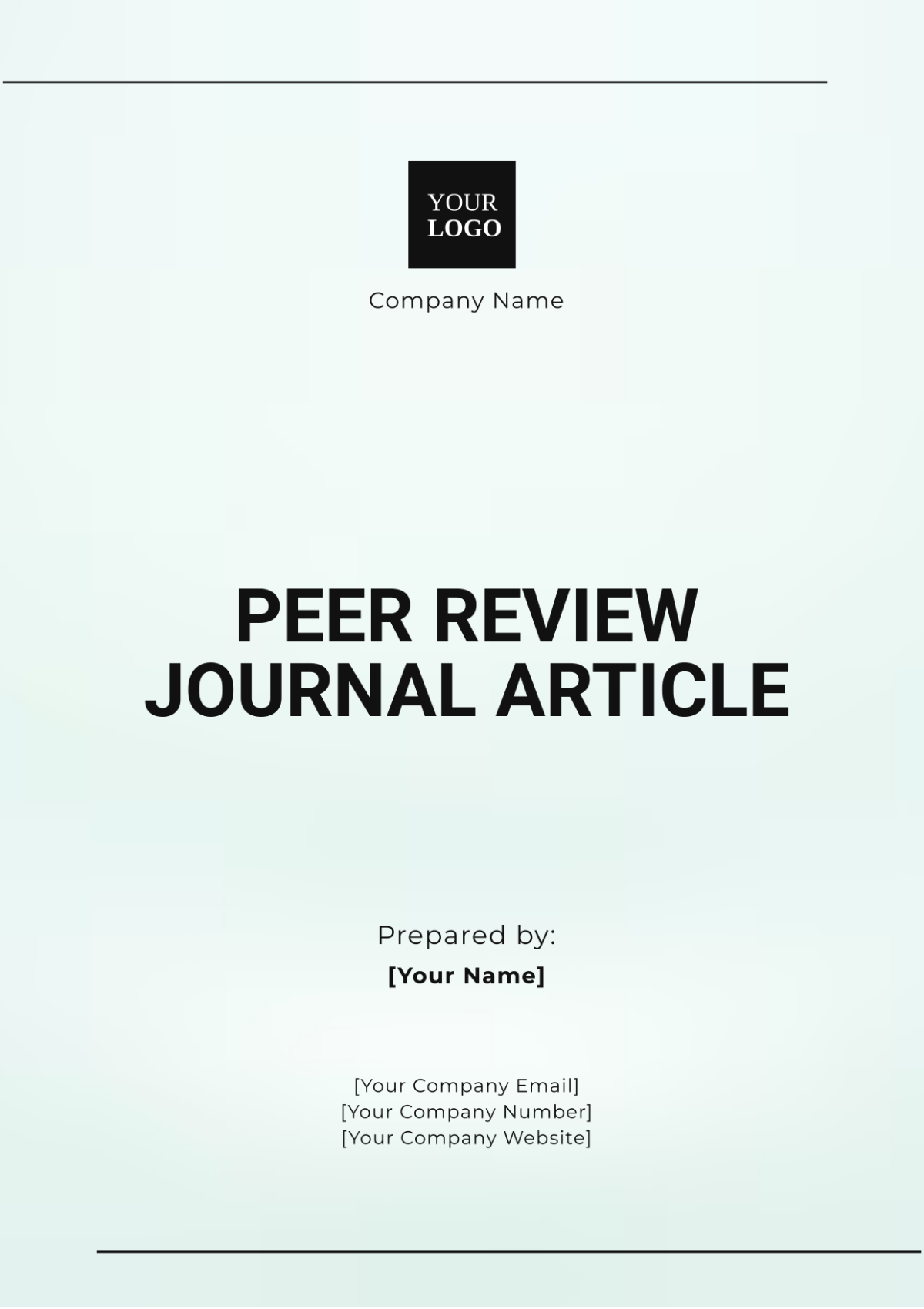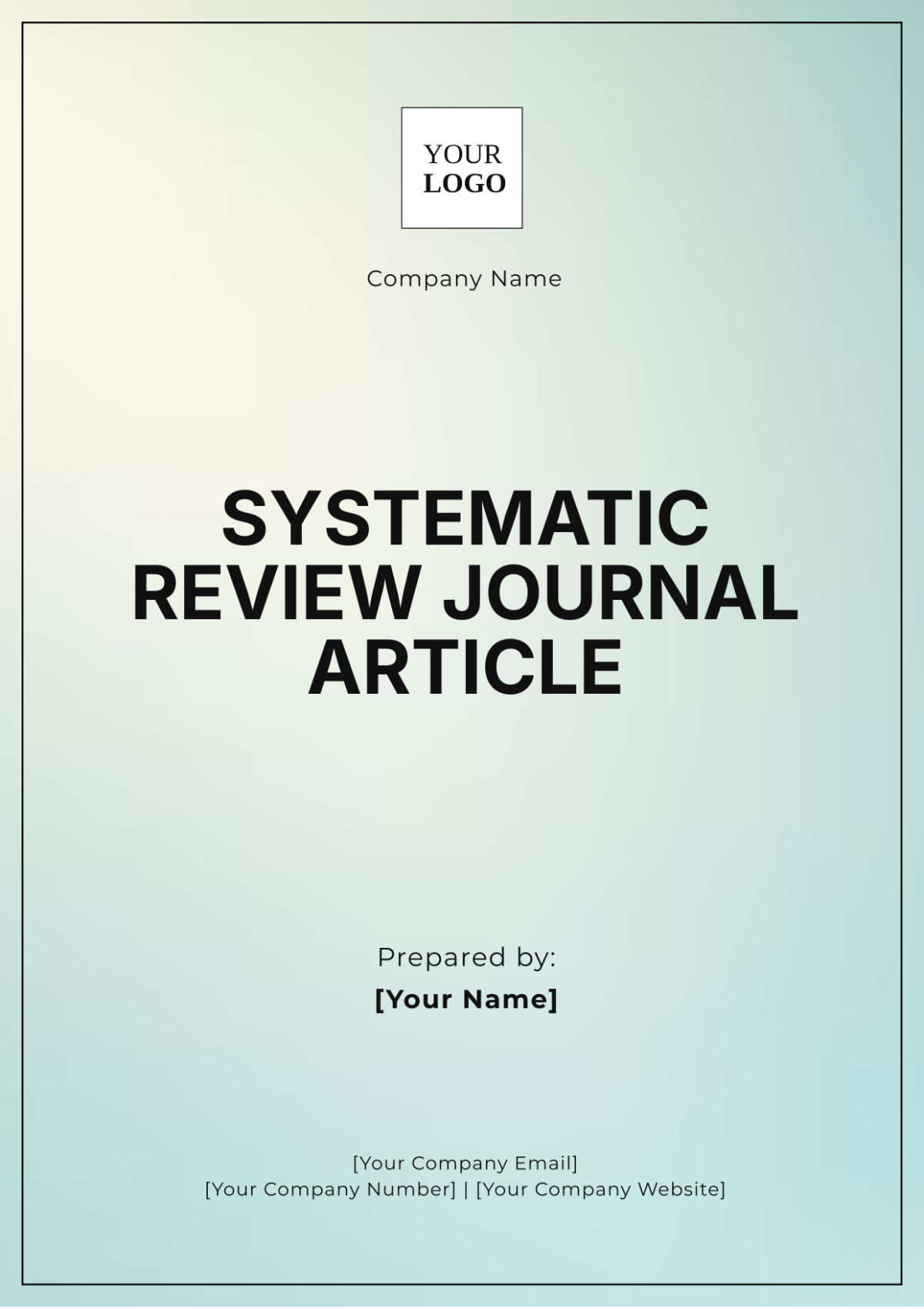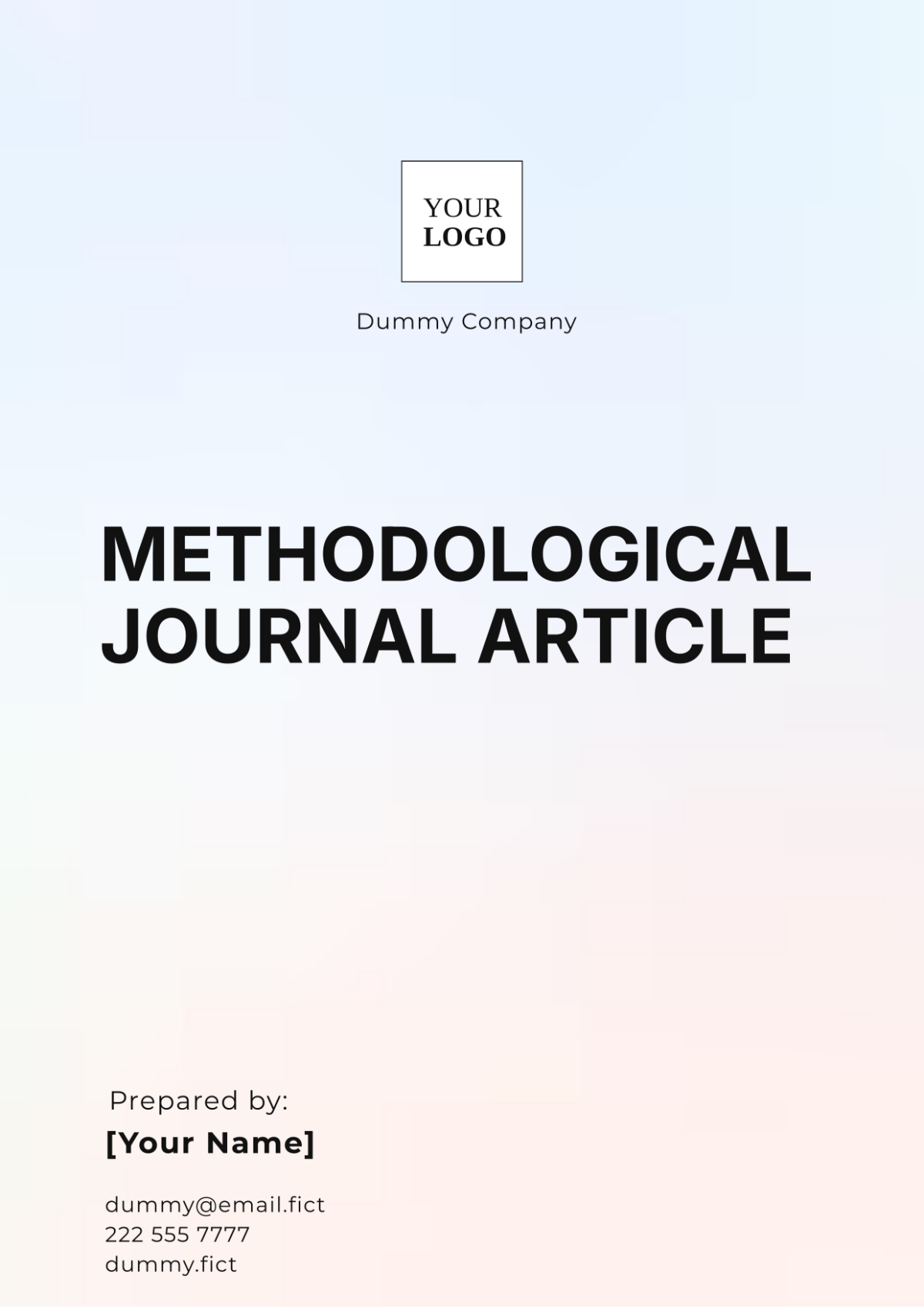CLASSROOM ARTICLE
"Hybrid Learning: Revolutionizing Education for the Digital Age"
Written by: [YOUR NAME]
I. Introduction
In recent years, the education sector has witnessed a significant shift towards innovative teaching methods to cater to diverse learning needs. One such approach that has gained prominence is the hybrid learning model. This model combines traditional face-to-face instruction with online learning, offering a flexible and personalized learning experience for students. In this article, we will explore the key features and benefits of hybrid learning models in the classroom.
II. Understanding Hybrid Learning

Hybrid learning, also known as blended learning, integrates technology into the classroom to enhance the learning process. It allows students to access educational content online, collaborate with peers, and engage in interactive activities, all while receiving guidance from their teachers. By combining the best of both worlds, hybrid learning provides a holistic learning experience that caters to different learning styles and preferences.
III. Benefits of Hybrid Learning Models
Hybrid learning models blend traditional classroom teaching with online learning, offering students a flexible and personalized education experience. Here are its benefits:
Flexibility: One of the primary benefits of hybrid learning is its flexibility. Students can access course materials and participate in discussions at their own pace, allowing for a personalized learning experience.
Enhanced Engagement: By incorporating multimedia elements such as videos, interactive quizzes, and simulations, hybrid learning can enhance student engagement and participation in the classroom.
Improved Accessibility: Hybrid learning makes education more accessible to students with diverse needs. It allows for greater flexibility in scheduling and eliminates barriers to learning such as geographical constraints.
According to a study by the U.S. Department of Education, students in hybrid learning environments perform better academically compared to those in traditional classrooms.
IV. Implementing Hybrid Learning in the Classroom

To successfully implement a hybrid learning model in the classroom, educators should:
Design interactive online activities that complement traditional classroom instruction.
Provide adequate training and support to students and teachers to ensure seamless integration of technology.
Evaluate the effectiveness of the hybrid learning model through student feedback and performance metrics.
V. Conclusion
Hybrid learning models have the potential to revolutionize the education sector by providing a flexible and personalized learning experience. By leveraging technology and incorporating innovative teaching methods, educators can create a dynamic learning environment that prepares students for success in the digital age.
[YOUR COMPANY NAME] is committed to providing innovative and personalized learning experiences that empower students to achieve their full potential. With a focus on technology integration and student-centered teaching practices, [YOUR COMPANY NAME] prepares students for success in an ever-evolving digital world.

